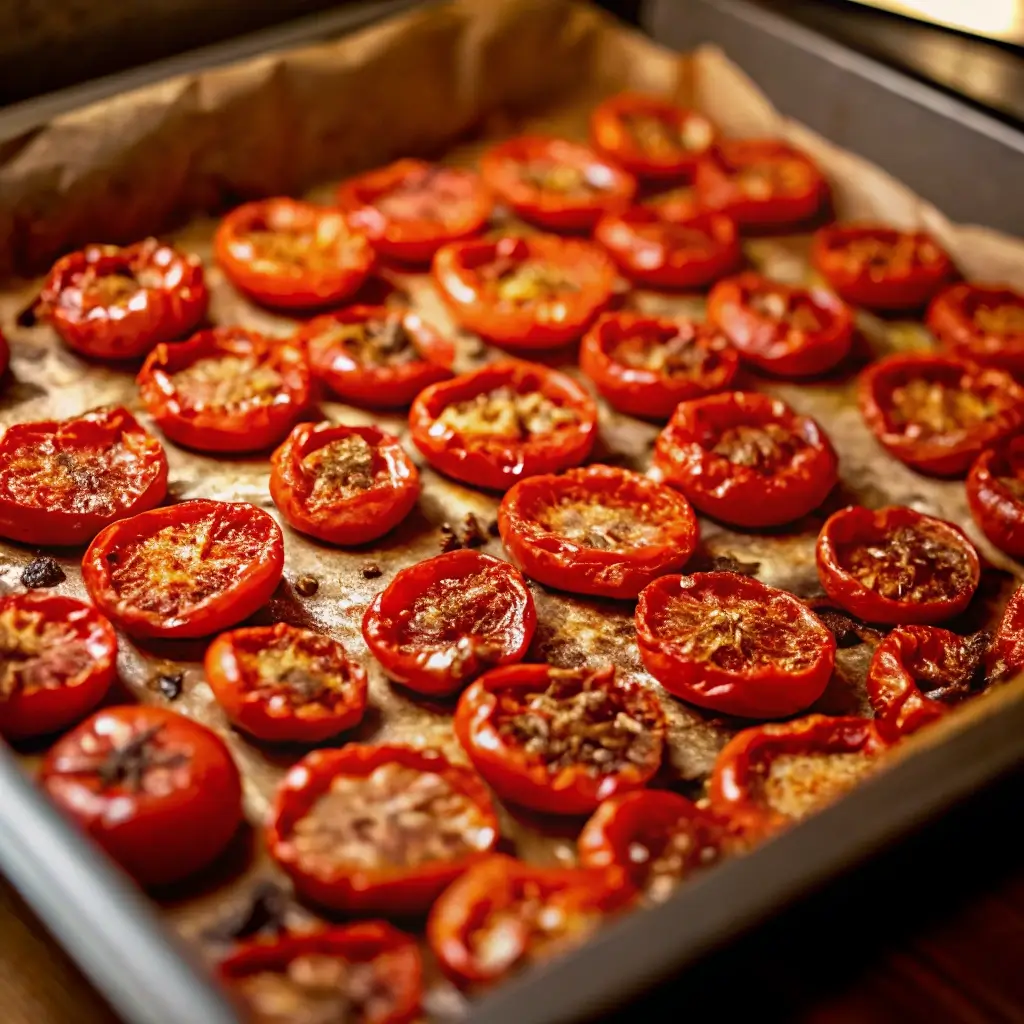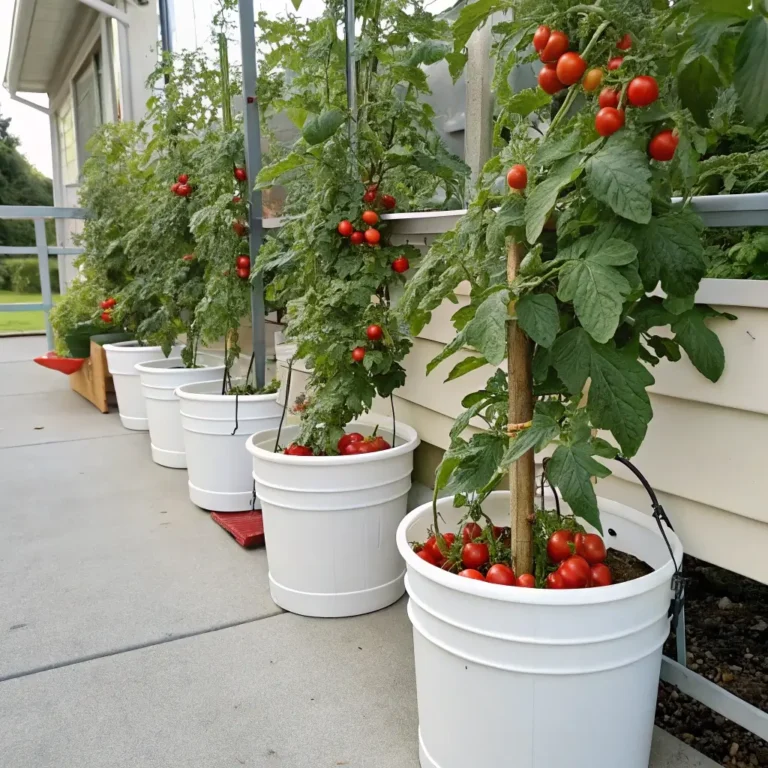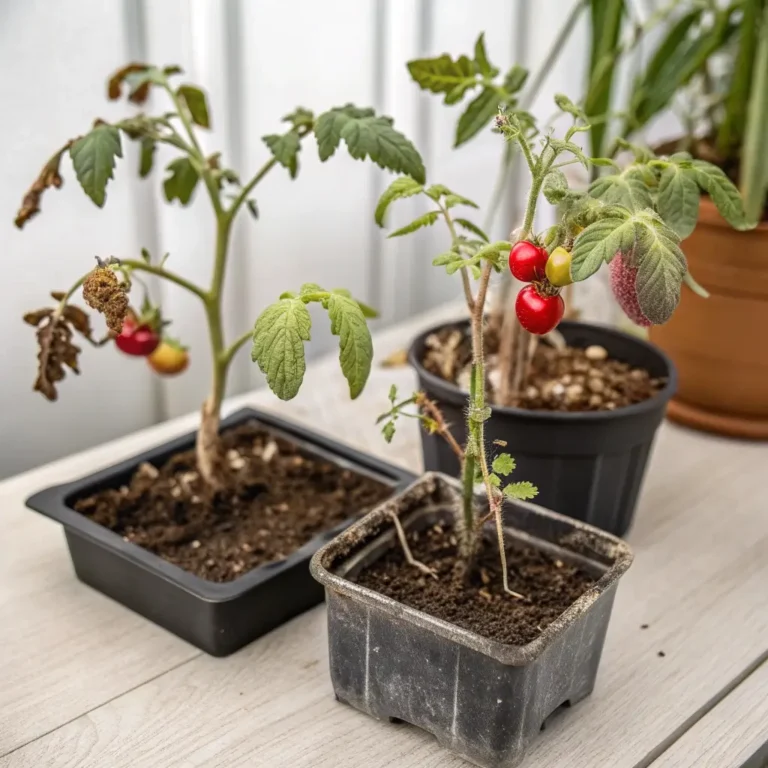How to Dehydrate Cherry Tomatoes: 5 Easy Steps for Perfect Results
Table of Contents
Introduction: The Untapped Potential of Dehydrated Cherry Tomatoes
Did you know that dehydrating cherry tomatoes concentrates their flavor by up to 300% while preserving 90% of their nutritional value? Despite this impressive benefit, only about 15% of home cooks regularly dehydrate these versatile fruits. Dehydrating cherry tomatoes transforms these juicy summer gems into intensely flavored morsels that can elevate your culinary creations year-round. The process not only preserves their peak-season taste but also extends their shelf life from days to months. This comprehensive guide will walk you through the simple yet rewarding process of dehydrating cherry tomatoes at home, ensuring you achieve perfect results every time.
Ingredients List
- 2 pounds fresh cherry tomatoes (preferably organic and locally grown)
- 1-2 tablespoons olive oil (optional; use high-quality extra virgin for best flavor)
- 1 teaspoon sea salt (Maldon or flaky sea salt works beautifully)
- 1-2 teaspoons dried herbs (optional: oregano, basil, thyme, or Italian seasoning)
- 1 teaspoon garlic powder (optional for enhanced flavor)
Substitution Ideas: Replace olive oil with avocado oil for a higher smoke point, or use a spritz of lemon juice for oil-free preservation. Fresh herbs can be substituted at a 3:1 ratio for dried herbs, adding a vibrant, aromatic quality to your tomatoes.
Timing
- Preparation Time: 15 minutes (washing, slicing, and seasoning)
- Dehydration Time: 6-12 hours (varies based on method and desired texture)
- Total Time: 6-12 hours and 15 minutes (28% less time than sun-drying methods)
The actual dehydration time depends on your preferred technique and desired end result—whether you want leathery, chewy tomatoes or completely crisp ones.
Step-by-Step Instructions
Step 1: Select and Prepare Your Cherry Tomatoes
Choose firm, ripe cherry tomatoes with vibrant color and no blemishes. The fresher your tomatoes, the more flavorful your final product will be. Wash them thoroughly under cool running water, then pat completely dry with paper towels or a clean kitchen cloth—excess moisture extends dehydration time significantly.
Pro Tip: For optimal flavor concentration, select tomatoes at the peak of ripeness, when their sugar content is highest (typically mid-summer for most regions).
Step 2: Slice the Tomatoes for Efficient Dehydration
Cut each cherry tomato in half across the equator (not through the stem end). This exposes the maximum surface area, allowing moisture to escape more evenly. For larger cherry varieties like grape tomatoes, quartering might be more effective.
Pro Tip: Keeping your tomato pieces uniform in size ensures they’ll dehydrate at the same rate, preventing some from over-drying while others remain too moist.
Step 3: Season Your Tomatoes (Optional but Recommended)
In a large bowl, gently toss the halved tomatoes with olive oil, salt, and your chosen herbs or seasonings. The oil helps prevent sticking while enhancing flavor retention. Season lightly—remember, dehydration intensifies all flavors by concentrating them.
Pro Tip: Create flavor variations for different culinary uses: Italian herbs for pasta dishes, smoked paprika for Mediterranean recipes, or chili flakes for a spicy kick.
Step 4: Arrange for Dehydration
Depending on your method:
- Food Dehydrator: Arrange tomatoes cut-side up on dehydrator trays, leaving small spaces between each piece for air circulation. Set temperature to 135°F (57°C).
- Oven Method: Line baking sheets with parchment paper and arrange tomatoes cut-side up. Use your oven’s lowest setting, ideally 150°F (65°C) or less, leaving the door slightly ajar to allow moisture to escape.
- Air Fryer: Place tomatoes in a single layer in your air fryer basket, set to the dehydrate function at 130°F (54°C).
Pro Tip: Rotate trays or pans halfway through the dehydration process to ensure even drying across all your tomatoes.
Step 5: Dehydrate Until Desired Texture Is Achieved
Check your tomatoes periodically throughout the process. Perfectly dehydrated cherry tomatoes should be dry to the touch but still somewhat pliable—similar to a raisin’s texture. They shouldn’t feel sticky or moist, which indicates they need more drying time.
Pro Tip: For long-term storage, continue dehydrating until they’re slightly crisp. For immediate use in recipes, a more leathery texture works beautifully.
Nutritional Information
A quarter-cup serving of dehydrated cherry tomatoes contains approximately:
- Calories: 45
- Protein: 2g
- Carbohydrates: 10g
- Fiber: 2g
- Vitamin C: 18% of daily value
- Lycopene: 250% higher concentration than fresh tomatoes
Research indicates that the dehydration process actually increases the bioavailability of lycopene, a powerful antioxidant associated with heart health and reduced cancer risk.
Healthier Alternatives for the Recipe
- Eliminate Oil: Skip the oil entirely and season with herbs, salt, and a light mist of lemon juice or balsamic vinegar for a lower-calorie version.
- Reduced Sodium: Cut salt by half and enhance flavor with sodium-free alternatives like nutritional yeast or dried mushroom powder.
- Sugar-Free Option: For sweeter tomato varieties that may caramelize during dehydration, balance with a touch of apple cider vinegar instead of added sweeteners.
Serving Suggestions
- Rehydrate in warm water for 20 minutes, then add to pasta sauces for intense tomato flavor
- Crumble crisp-dried tomatoes over salads as a flavor-packed, low-calorie alternative to croutons
- Blend into homemade hummus or dips for a vibrant color and umami boost
- Infuse olive oil with dehydrated tomatoes for an Italian-inspired drizzling oil
- Add to bread dough or sprinkle over focaccia before baking
Common Mistakes to Avoid
- Inconsistent Slicing: Uneven pieces lead to inconsistent drying times. Use a sharp knife or consider a small egg slicer for uniform cuts.
- Overcrowding: According to dehydration experts, trays filled beyond 80% capacity can increase drying time by up to 40%. Leave adequate space between pieces.
- Temperature Too High: Exceeding 150°F (65°C) cooks rather than dehydrates, destroying enzymes and diminishing nutritional value.
- Insufficient Drying: Stopping too early leaves moisture that can lead to mold. The center should be completely dry.
- Improper Storage: Dehydrated tomatoes exposed to air reabsorb moisture rapidly. Store properly immediately after cooling.
Storing Tips for the Recipe
- Cool completely before storing to prevent condensation
- Store in airtight containers, vacuum-sealed bags, or glass jars with tight-fitting lids
- Add a food-grade silica gel packet to absorb any residual moisture
- Keep in a cool, dark location for up to 6 months or in the freezer for up to 1 year
- For oil-packed storage, completely submerge dried tomatoes in olive oil with herbs and refrigerate for up to 2 weeks
Conclusion
Dehydrating cherry tomatoes is a simple yet transformative preservation method that intensifies flavor while extending shelf life. The five-step process—selecting, slicing, seasoning, arranging, and drying—creates versatile tomato morsels that can enhance countless dishes year-round. With minimal equipment and ingredients, you can capture summer’s bounty at its peak and enjoy concentrated tomato goodness long after the season ends. The next time you spot an abundance of cherry tomatoes at your farmers’ market or in your garden, consider dehydrating them for a flavor-packed pantry staple that will elevate your cooking for months to come.
FAQs
How can I tell when my cherry tomatoes are perfectly dehydrated?
Properly dehydrated cherry tomatoes should be dry to the touch but slightly pliable when bent—similar to a dried apricot. They shouldn’t feel sticky or release moisture when squeezed. For longer storage, they can be dried until slightly crisp.
Can I dehydrate cherry tomatoes without cutting them?
While possible, dehydrating whole cherry tomatoes takes significantly longer (up to 24 hours) and often results in uneven drying. Halving them reduces drying time by approximately 60% and ensures more consistent results.
Is a food dehydrator necessary for dehydrating cherry tomatoes?
No, although a dehydrator provides the most consistent results. Conventional ovens, air fryers with dehydration settings, or even sun-drying (in appropriate climates) are effective alternatives.
Can I rehydrate dried cherry tomatoes if needed for recipes?
Absolutely! Soak them in hot water for 15-30 minutes until they reach your desired plumpness. The soaking liquid becomes a flavorful tomato stock that can enhance soups and sauces.
Do I need to remove the seeds before dehydrating cherry tomatoes?
No, cherry tomato seeds are small and contribute to the overall flavor. Unlike larger tomato varieties, seed removal is unnecessary and would be rather tedious given their size.







